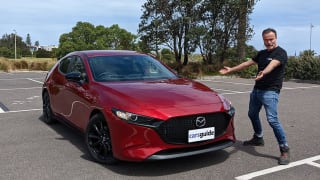
How long does it take to charge an electric car?
- Tesla Model S
- Tesla Model X
- Nissan LEAF
- Hyundai Kona
- Jaguar I-Pace
- Renault Zoe
- Hyundai Ioniq
- BMW i Series
- BMW I3
- BMW I8
- Tesla Model S Reviews
- Tesla Model X Reviews
- Nissan LEAF Reviews
- Hyundai Kona Reviews
- Jaguar I-Pace Reviews
- Renault Zoe Reviews
- Hyundai Ioniq Reviews
- BMW i Series Reviews
- BMW I3 Reviews
- BMW I8 Reviews
- BMW
- Hyundai
- Jaguar
- Nissan
- Renault
- Tesla
- Urban Hacks
- BMW Advice
- Hyundai Advice
- Jaguar Advice
- Nissan Advice
- Renault Advice
- Tesla Advice
- Green Cars
- Urban
- Hacks
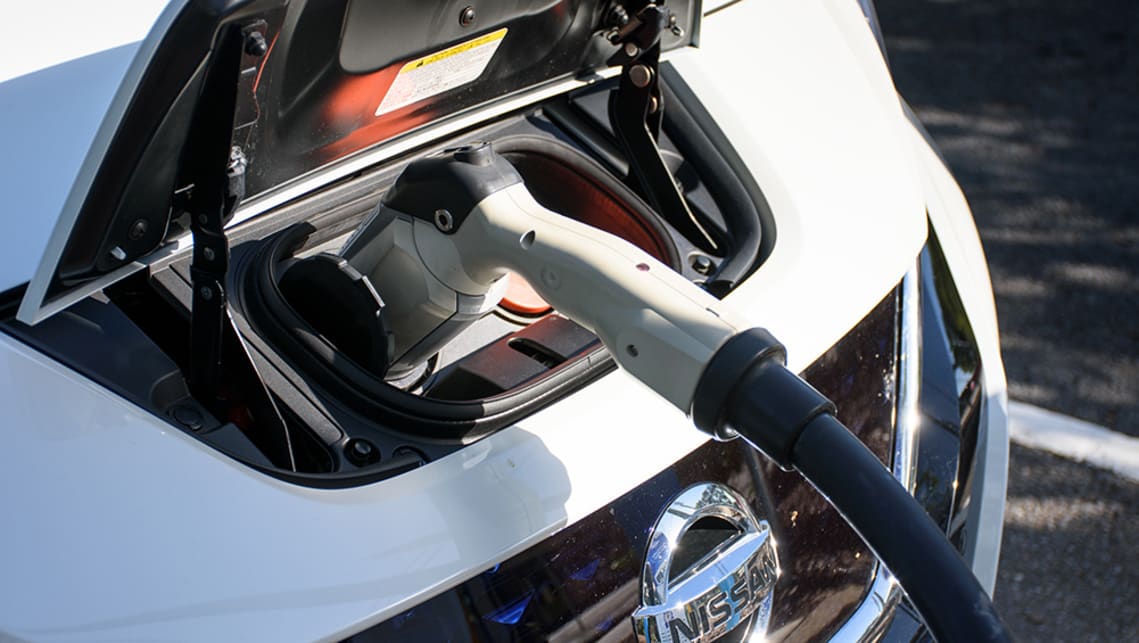
No matter who you are or where you live, the first question anyone who is about to dip their toe into the electrified water of EV ownership asks is always the same; how long does it take charge an electric car? (Followed by, can I have a Tesla please?)
The answer is a complicated one, I’m afraid, as it depends on the car and the charging infrastructure, but the short answer is this; not as long you might think, and that figure is dropping all the time. Nor, as most people tend to think, is it likely that you’ll need to charge it every day, but that’s another story.
The easiest way to explain it all is to examine those two elements - what kind of car do you own and what kind of charging station will you be using - separately, so you have all the facts at your fingertips.
What type of car do you own?
As it stands, there are really only a handful of pure-electric cars on sale in Australia at the moment, with products from Tesla, Nissan, BMW, Renault, Jaguar and Hyundai. Though that number will grow, of course, with models due from Audi, Mercedes-Benz, Kia and more - and political pressure building to increase the number of EVs on our roads.
Each of those brands quotes different charging times (largely dependent on the size of each car's battery packs).
Nissan says charging its Leaf from zero to full can take up to 24 hours using the standard power at your house, but if you invest in a special 7kW home charger the recharge time drops to around 7.5hrs. If you use a rapid charger, you can top up the battery from 20 per cent to 80 per cent in around an hour. But we’ll come back to charger types in a moment.
Then there’s Tesla; the brand that made EVs cool measures its charge time on a distance-per-hour scale. So for the Model 3, you’ll get around 48km in range for every hour of charging that your car is plugged in at home. A Tesla Wall Box or an on-the-road Supercharger will significantly reduce that time, of course.
Enter Jaguar, with its i-Pace SUV. The British brand (the first of the traditional premium marques to get an EV to marker) claims an 11km per hour recharge rating using home power. The bad news? That roughly equals 43 hours for a full charge, which seems staggeringly impractical. Installing a special home charger (which most owners will) increases that rate to 35km of range per hour.
Finally, we’ll look at Hyundai’s just-launched Kona Electric. The brand says from empty to 80 per cent of charge takes nine hours and 35 minutes, using a home wall unit, or 75 minutes using a fast-charging station. Plugged into the mains at home? That’ll be 28 hours for a full charge of the battery pack.
How long do the batteries in an electric car last? The sad truth is that they begin to degrade, albeit slowly, from the first time you recharge, but most manufacturers offer an eight-year battery warranty if something should go wrong.
What kind of electric car charger do you use?
Ah, this is the part that really matters, as the type of charger you use to power you EV can cut time off the road to a fraction of that you’d spend if you only do your top up by drawing mains power.
While it’s true that most people think they’ll be charging their vehicle at home, simply plugging it into the mains when they get home from work, that’s actually the slowest way to pump juice into your batteries.
The most common alternative is to invest in “wall box” infrastructure at home, be it from the manufacture themselves of via an aftermarket provider like Jet Charge, which increases the rapid flow of power to the car, usually to around 7.5kW.
The most well-known solution is Tesla’s Wall Box, which can up the power output to 19.2kW - enough to deliver 71km per hour of charging for the Model 3, 55km for the Model S and 48km for the Model X.
But just as with an internal-combustion-engined vehicle, you can still recharge while on the road, and when you do, you don’t want to spend the better part of an entire day glued to a power point. Enter, then, fast charging stations, which are specifically set up to get you on the road as quickly as possible using a 50kW or a 100kW flow of power.
Again, the best-known of these are the Tesla Superchargers, which have started being phased in on freeways and in cities on the east coast of Australia, and which recharge you battery pack to 80-per-cent full in around 30 minutes. They were once (unbelievably) free to use, but that was only ever going to last so long.
There are other options, of course. Most notably the NRMA, which has begun the roll out of a free-for-members network of 40 fast-charging stations around Australia. Or Chargefox, which is in the process of installing “ultra-fast” charging stations in Australia, promising between 150kW and 350kW of power, which can deliver some 400km of range in 15 minutes.
Porsche is also planning to rollout its own chargers around the world, which are, cleverly, called Turbo Chargers.







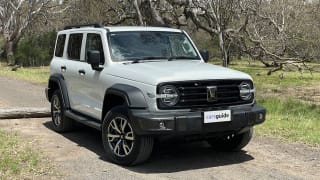
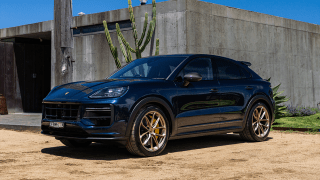
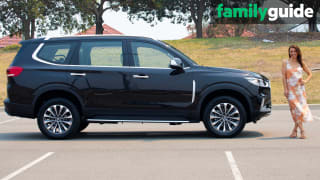
Comments